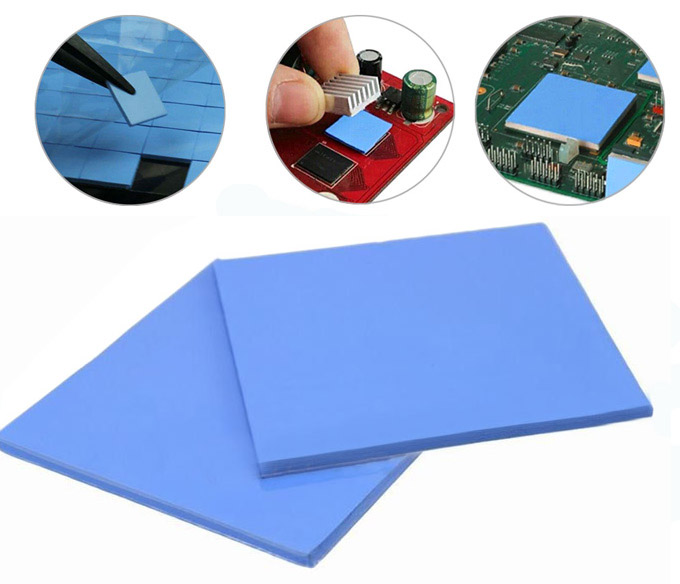
SinoGuide has extended its family of TCP-class low-modulus gap pad materials optimised for high thermal performance by introducing thermal pad TCP150, which achieves thermal conductivity 1.5W/m-K and bulk-hardness rating 25 (Shore C). The new formulation increases choice for designers seeking efficient heat removal from fragile components in cost-sensitive applications.
The low-pressure conformability and wet-out characteristic of TCP150 excludes interfacial air even when surfaces have high roughness or uneven topography. In addition the outstanding conformability also reduces stress on component leads and prevents bowing of circuit boards, as well as providing low-stress vibration damping and shock absorption.
Like other TCP-class materials, TCP150 also has inherent tack on both sides, which saves applying adhesive and promotes easy handling during assembly. The silicone-based material also includes fibreglass reinforcing for high resistance to puncture, tearing or shearing.
TCP150 is available in sheet form or as die-cut parts from 0.50mm to 50.00mm thick. The continuous operating temperature range of –60°C to 200°C allows use in applications such as heat-pipe assemblies, hard disk drives, power supplies, memory modules. Interface materials such as TCP150 can be inserted between a heatsink and any type of heat-generating semiconductor such as a memory IC, power transistor, module, or signal-path components.
Their purpose :
A high technology progress now enables us to produce ever more powerful components even smaller. But unfortunately this is not only the size is changed , the waste heat and Power Requirements are greater. To guarantee a long service life , it is therefore all the more important , also dissipate this heat. For this purpose, air cooler , water cooler , or even nitrogen coolers are used . However, the problem of good heat output from component to radiator is usually exactly between these two elements , because here there is air .
Since air is known for its insulating effect , this has to be displaced between the two components . In the computer world we used to so-called " thermal grease " or " thermal pads " which is intended to fill the gap between CPU and cooler , with conductive interface materials.

